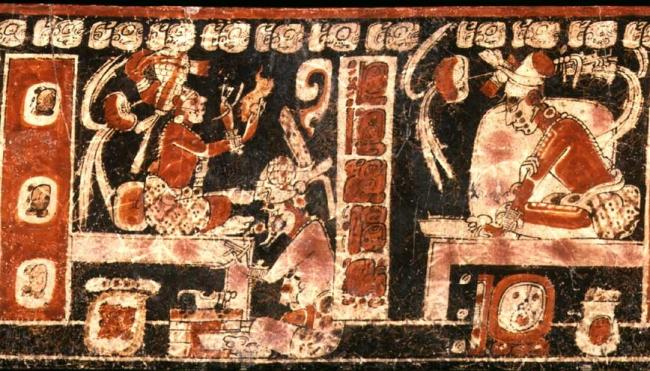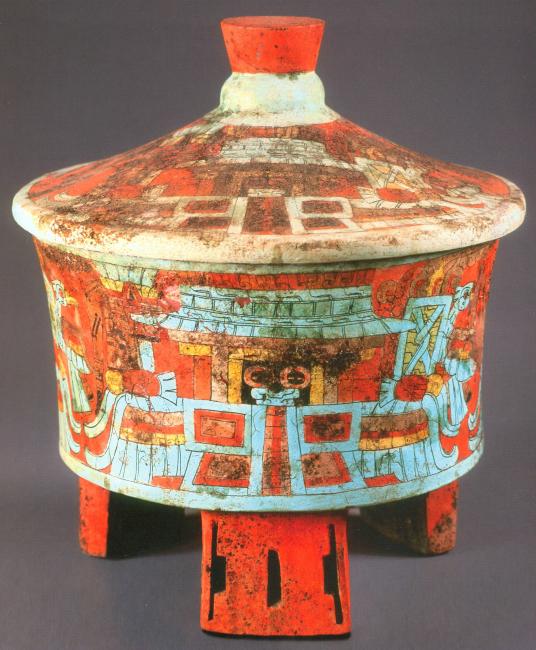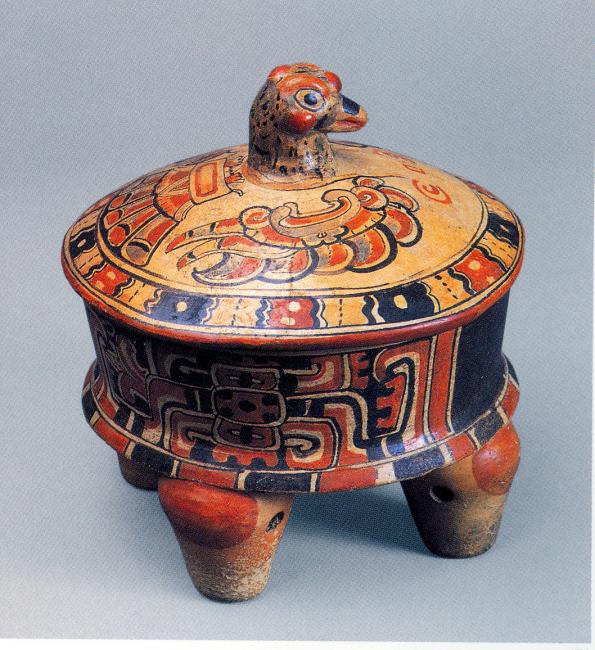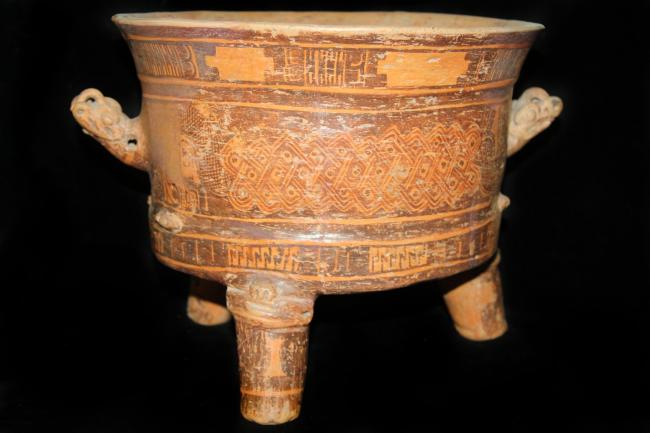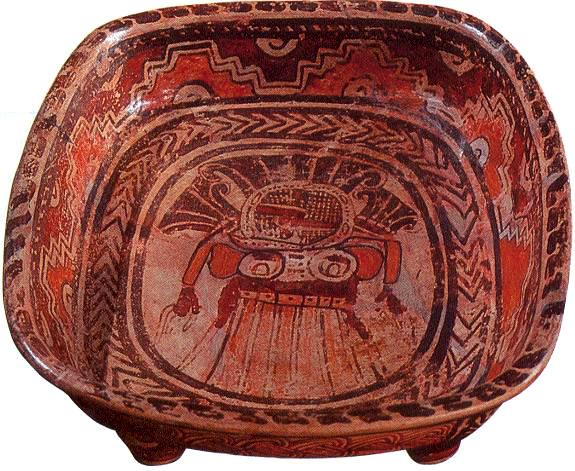The technical sophistication of the pottery painted during the Classic Maya has no equal in any other culture in the world. Mayan potters modeled the pieces by hand, adding small clay rollers to a tortilla-shaped base to produce symmetrical pieces with very thin walls. Although it is true that in many cultures this type of painting has been used, none surpasses the Maya in the great polish of the surfaces, the wide range of colors and its exquisite finishes.
Among the Mayans of Copan, the art of painting was used to decorate the walls of important buildings. Like lintels and sculpted wall panels, these decorations were obviously made for the residents of these elite buildings, and were inaccessible to the public. Few of them have withstood the onslaught of time, and only vestiges remain, as in the case of Rosalila.
There were several reds ranging from an opaque purple to a bright orange. A coppery cinnamon color was widely used in the preliminary sketch, while different mixtures of red and opaque white produced different roses. The yellows ranged from pale greenish to dark yellow. Mixing yellow and black resulted in a dark brown.
In addition to the range of colors it has been considered that the most important thing about Copan's painting is its ability to synthesize. In this case, there are animal figures presented by means of a symbolic idea such as the eye, the jaws or the movement that typifies the figure represented, even though there are also paintings on the ceramic vessels and there is a pictorial expression that complements the architecture, the sculpture and, in short, the sense of ornamentation that they possessed, especially the Mayan peoples who lived in the northwestern part of present-day Honduras.
